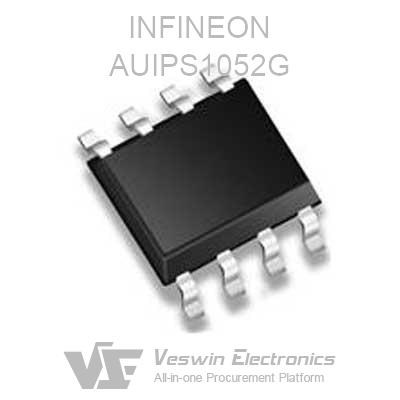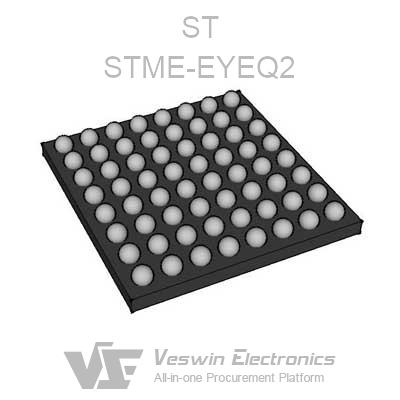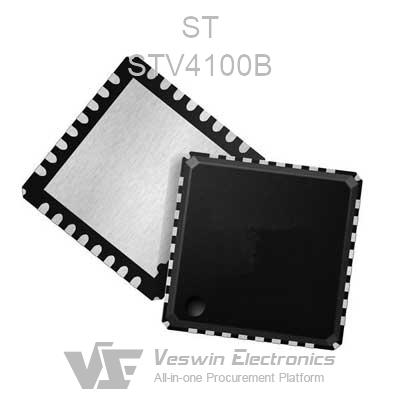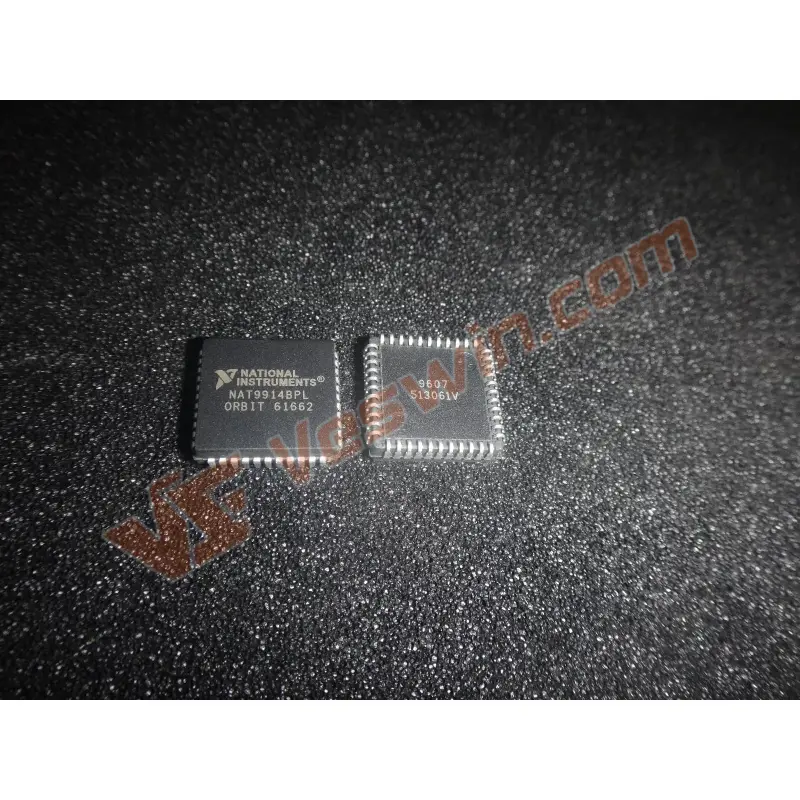The 2N4871 is a PNP Bipolar Junction Transistor (BJT) renowned for its versatile applications in electronics and circuitry. Known for its reliability and functionality, this transistor finds its place in a wide array of projects across various industries. From amplification to switching applications, the 2N4871 boasts a robust design and characteristics that make it a preferred choice for many engineers and hobbyists.
In this comprehensive guide, we'll delve into the pinout, notable features, equivalent variants, and diverse applications of the 2N4871 PNP BJT Transistor, providing insights and practical information for leveraging its capabilities in electronic designs. Additionally, included is a video segment highlighting its functionalities and applications, providing a visual aid for better understanding.
The 2N4871 is a specific type of PNP bipolar junction transistor (BJT) that's commonly used in electronic circuits for various purposes such as amplification and switching.
It has three terminals: the collector, the base, and the emitter. As a PNP transistor, it operates by allowing current to flow from the emitter to the collector when a small current is applied to the base terminal.
The 2N4871 has particular electrical characteristics and specifications, including maximum voltage and current ratings, power dissipation, gain (hFE), and frequency range.
The 2N4871 transistor, a PNP BJT, finds application in electronic circuits for amplification or switching, operating by controlling current flow between collector and emitter terminals through a small base current; its configuration in common emitter setup allows signal amplification while appropriate biasing and resistor use in circuits for switching purposes ensures efficient operation within specified voltage and current limits outlined in its datasheet.
Here's the video,
No, the 2N4871 is not a unijunction transistor (UJT). It's a PNP bipolar junction transistor (BJT) used for amplification and switching in electronic circuits. The UJT and the BJT are distinct types of transistors with different structures, characteristics, and applications.
A unijunction transistor (UJT) is a three-terminal semiconductor device with one emitter and two bases. It's distinct from other transistors like BJTs (bipolar junction transistors) and FETs (field-effect transistors). UJTs have a unique behavior characterized by a negative resistance region in their voltage-current characteristic curve.
The 2N4871 transistor is a PNP bipolar junction transistor (BJT) with three pins: the emitter (E), the base (B), and the collector (C).
Pin | Description |
E (Emitter) | Terminal where the output current exits the transistor during conduction. Typically connected to the ground or reference potential in circuits. |
B (Base) | Input terminal where the control current is applied to control the flow of current between the collector and emitter. |
C (Collector) | Terminal responsible for collecting current from the transistor during its operation. Connects to the load or the circuit where the output current flows. |
Type of Transistor: PNP
Maximum Collector-Emitter Voltage (VCEO): 40 volts
Maximum Collector-Base Voltage (VCBO): 60 volts
Maximum Emitter-Base Voltage (VEBO): 5 volts
Continuous Collector Current (IC): 0.5 amps
Power Dissipation (Pd): 625 milliwatts
DC Current Gain (hFE): Minimum of 100, typical of 300
Transition Frequency (fT): 60 megahertz (typical)
Base-Emitter Saturation Voltage (VBE(sat)): Maximum of 1.0 volts at IC = 500mA
Collector-Emitter Saturation Voltage (VCE(sat)): Maximum of 0.3 volts at IC = 500mA
Transistor Type: PNP (Positive-Negative-Positive) bipolar junction transistor.
Voltage Ratings:
Maximum Collector-Emitter Voltage (VCEO): 40V
Maximum Collector-Base Voltage (VCBO): 60V
Maximum Emitter-Base Voltage (VEBO): 5V
Current Ratings:
Continuous Collector Current (IC): 0.5A (500mA)
Power Dissipation (Pd): 625mW, indicating its maximum power handling capability under specified conditions.
DC Current Gain (hFE): Ranges from a minimum of 100 to a typical value of 300, signifying its amplification capability.
Frequency Response:
Transition Frequency (fT): Typical of 60MHz, indicating its ability to handle higher-frequency signals.
Saturation Voltages:
Base-Emitter Saturation Voltage (VBE(sat)): Maximum of 1.0V at IC = 500mA
Collector-Emitter Saturation Voltage (VCE(sat)): Maximum of 0.3V at IC = 500mA, indicating minimal voltage drop when fully conducting.
Package: Available in various packages like TO-39 or TO-92.
Amplification: It can be used in common emitter configurations to amplify small signals. This is useful in audio amplifiers, signal conditioning circuits, and sensor interfaces.
Switching: The transistor can act as an electronic switch. When sufficient current is applied to its base, it allows a larger current to flow from the collector to the emitter, enabling it to turn on and off other components or circuits.
Pulse Generators: Due to its ability to switch rapidly, it's used in pulse generators, where precise timing and switching are required, such as in digital clocks or timing circuits.
Oscillators: In relaxation oscillator circuits, the transistor can be employed for generating oscillations used in applications requiring precise timing, like in timers or frequency generators.
Controlled Power Supplies: It can be utilized in controlled power supply circuits, especially when moderate power handling capabilities are required.
Signal Conditioning: In sensor circuits or signal conditioning units, it can help amplify weak signals for processing or transmission.
Voltage Regulators: In some cases, PNP transistors like the 2N4871 can be part of voltage regulator circuits, although this application is less common compared to other transistor types.
USD 2.80-USD 3.00/ piece
Request quote from veswin for latest price.
2N4870: It's a close counterpart and might work as an alternative in certain circuits, depending on the specific requirements.
2N3906: Although it's an NPN transistor and not a direct equivalent, in some cases, circuit designs can be modified to accommodate an NPN instead of a PNP transistor. However, this requires adjustments in biasing and circuit configurations.
BC557: This is another PNP transistor that might serve as a substitute in certain applications, although its characteristics might not be an exact match.
Download 2N4871 datasheet pdf >>
Central Semiconductor Corp is a well-established semiconductor manufacturer that produces a wide range of discrete semiconductors, including transistors like the 2N4871.
Here's an introduction to Central Semiconductor Corp:
Product Range: Central Semiconductor specializes in manufacturing discrete semiconductor devices such as diodes, transistors, rectifiers, MOSFETs, and other related components.
Focus on Discrete Components: The company's focus on discrete components caters to various industries, including automotive, consumer electronics, industrial, telecommunications, and more.
Quality and Reliability: Central Semiconductor places an emphasis on providing high-quality and reliable semiconductor solutions, adhering to industry standards and customer specifications.
Custom Solutions: Alongside their standard product portfolio, Central Semiconductor offers customization services, allowing modifications of certain components to meet specific customer requirements.
Customer Support: They often provide comprehensive technical support, application notes, and datasheets to assist customers in selecting and implementing their semiconductor products effectively.
Q: What are the key specifications of the 2N4871?
A: The 2N4871 transistor is rated for a collector-emitter voltage (VCEO) of 30 volts and a collector current (IC) of 200 mA.
Q: What is the maximum power dissipation of the 2N4871 transistor?
A: The maximum power dissipation (Pd) is approximately 625 mW.
Q: What is the gain or hFE (Forward Current Transfer Ratio) of the 2N4871 transistor?
A: The typical gain or hFE value for the 2N4871 transistor ranges from 30 to 300, depending on the collector current and voltage conditions.
Q: What package does the 2N4871 come in?
A: The 2N4871 is available in a TO-92 package, which is a widely used through-hole package.
Q: Is the 2N4871 a high-frequency transistor?
A: No, the 2N4871 is not specifically designed for high-frequency applications. Its primary applications are in low-power and low-frequency circuits.
Hot News









